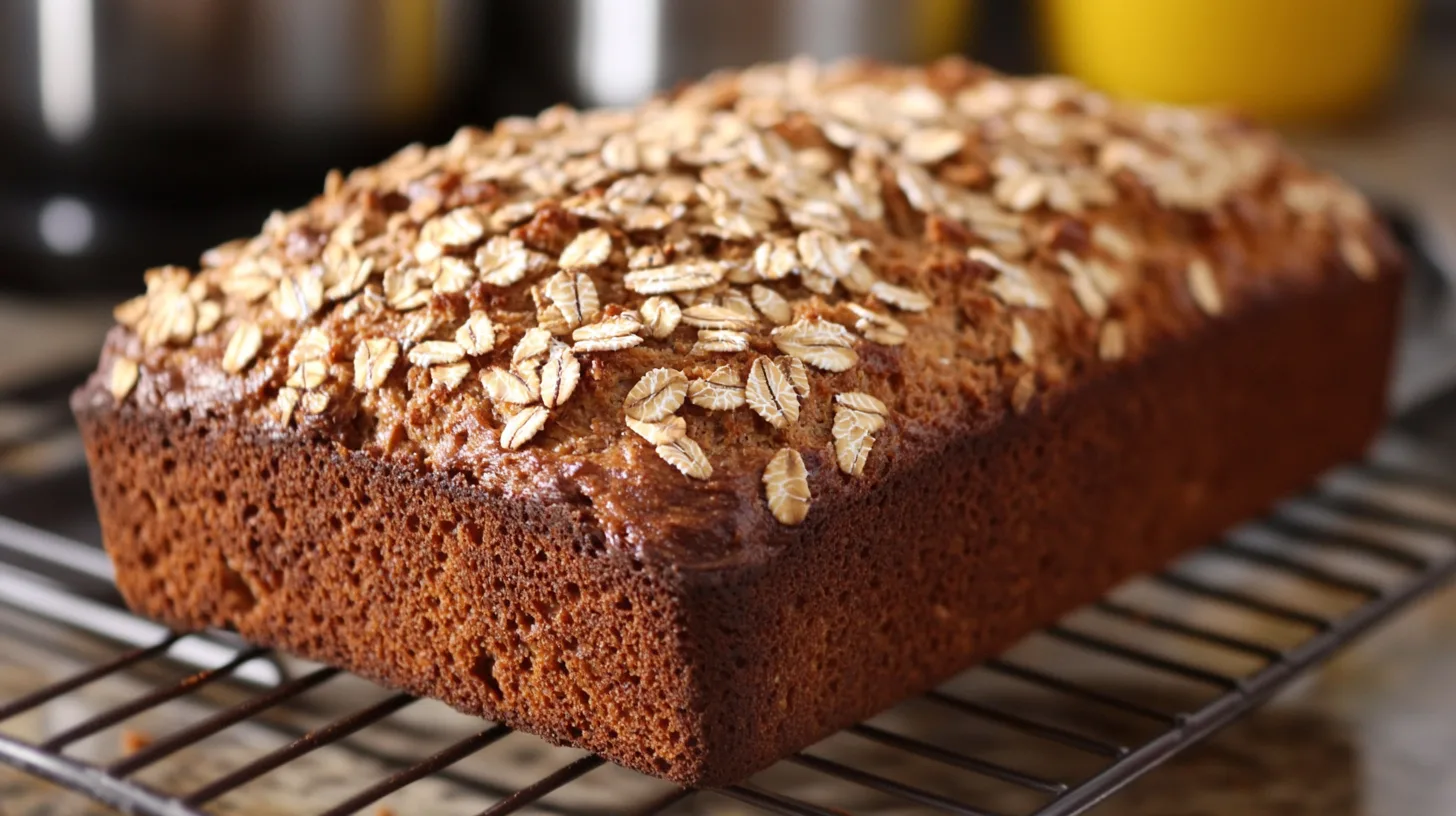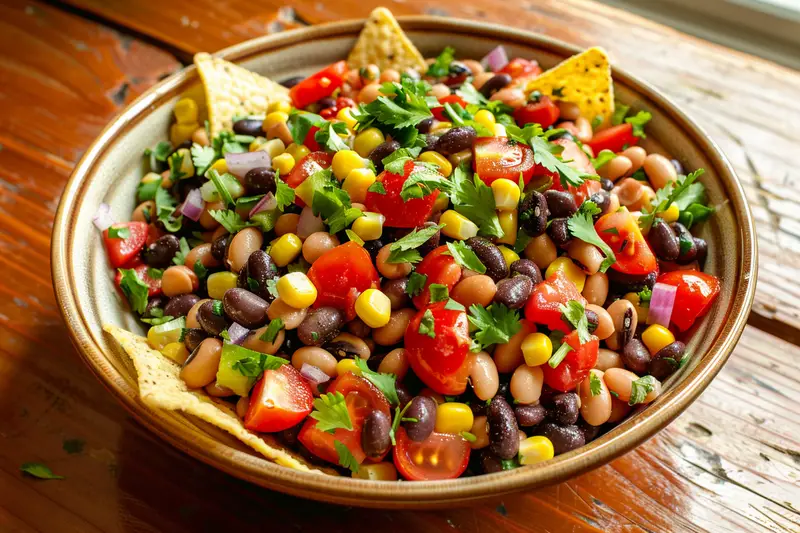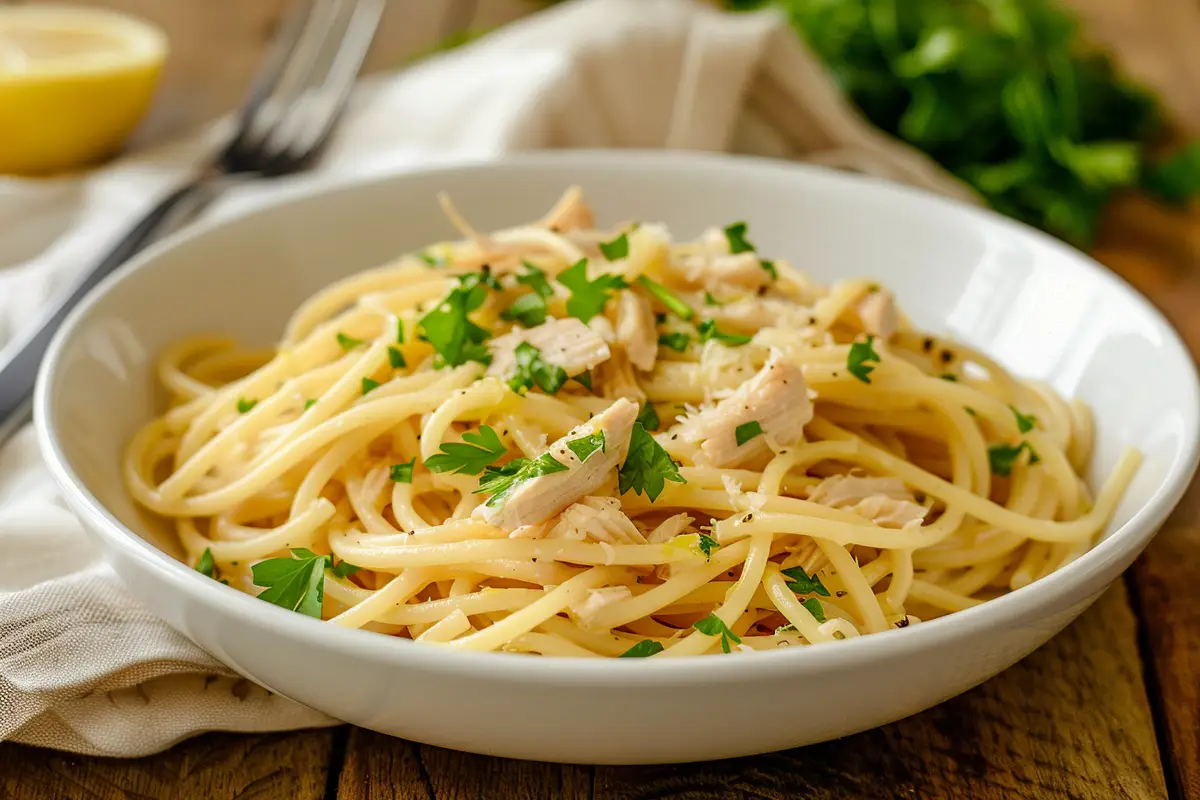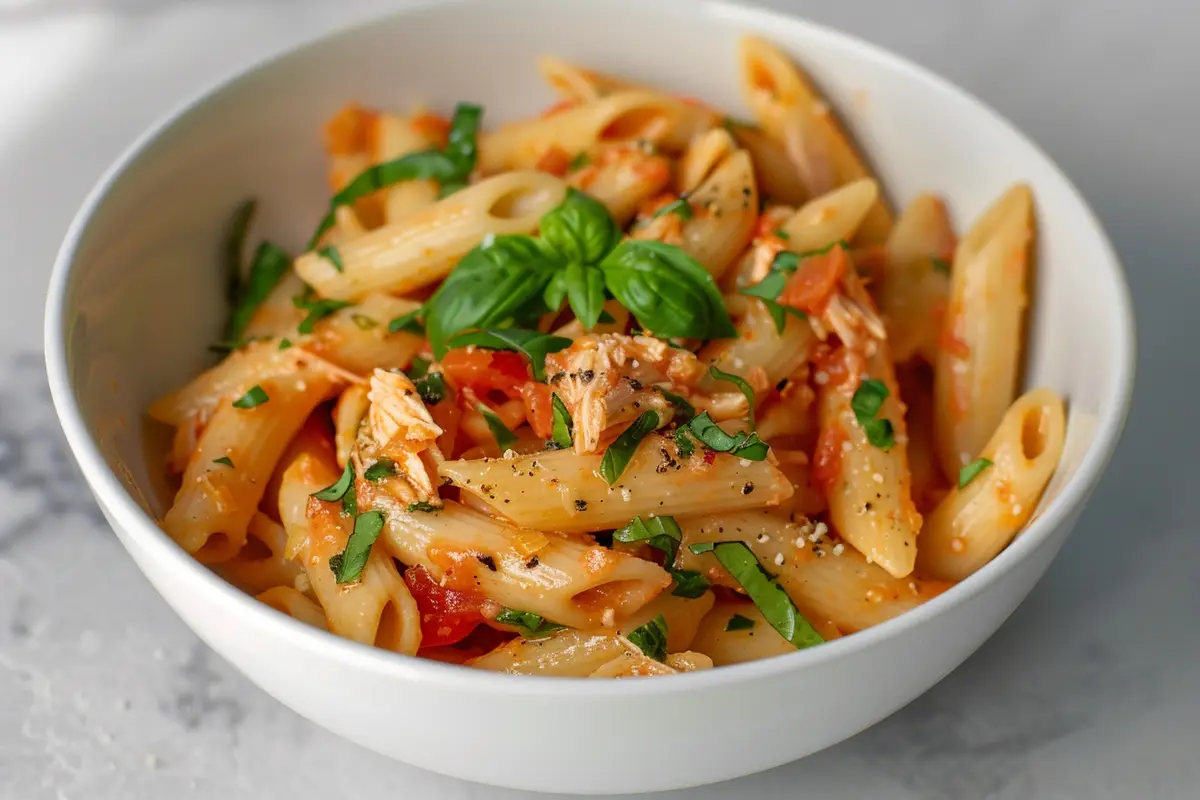Searching for the perfect Oat Molasses Bread Recipe in Maine? Dive into this guide to find a recipe steeped in tradition and flavor. You’ll learn the history and steps to bake this classic bread, a beloved staple of Maine’s culinary heritage.
Table of Contents
Oatmeal bread is a classic American pan bread that has been a staple in many households for generations. With its warm, crunchy, and delicious texture, it’s perfect for sandwiches, toast, and even as a base for various toppings. This versatile bread not only satisfies your taste buds but also offers numerous health benefits. In this article, we’ll explore the world of oatmeal bread, its benefits, and the role of key ingredients like molasses. We’ll also provide you with a comprehensive guide on how to make the perfect oatmeal bread, including tips and tricks from experienced bakers.
Key Takeaways
Oat molasses bread is a beloved Maine tradition with colonial roots, made from simple, local ingredients.
Key ingredients include rolled oats, whole wheat flour, and molasses, which give the bread its unique flavor and texture.
Properly managing the dough’s rising and baking times is essential for achieving the best texture and flavor in your oat molasses bread.
The Tradition of Oat Molasses Bread in Maine
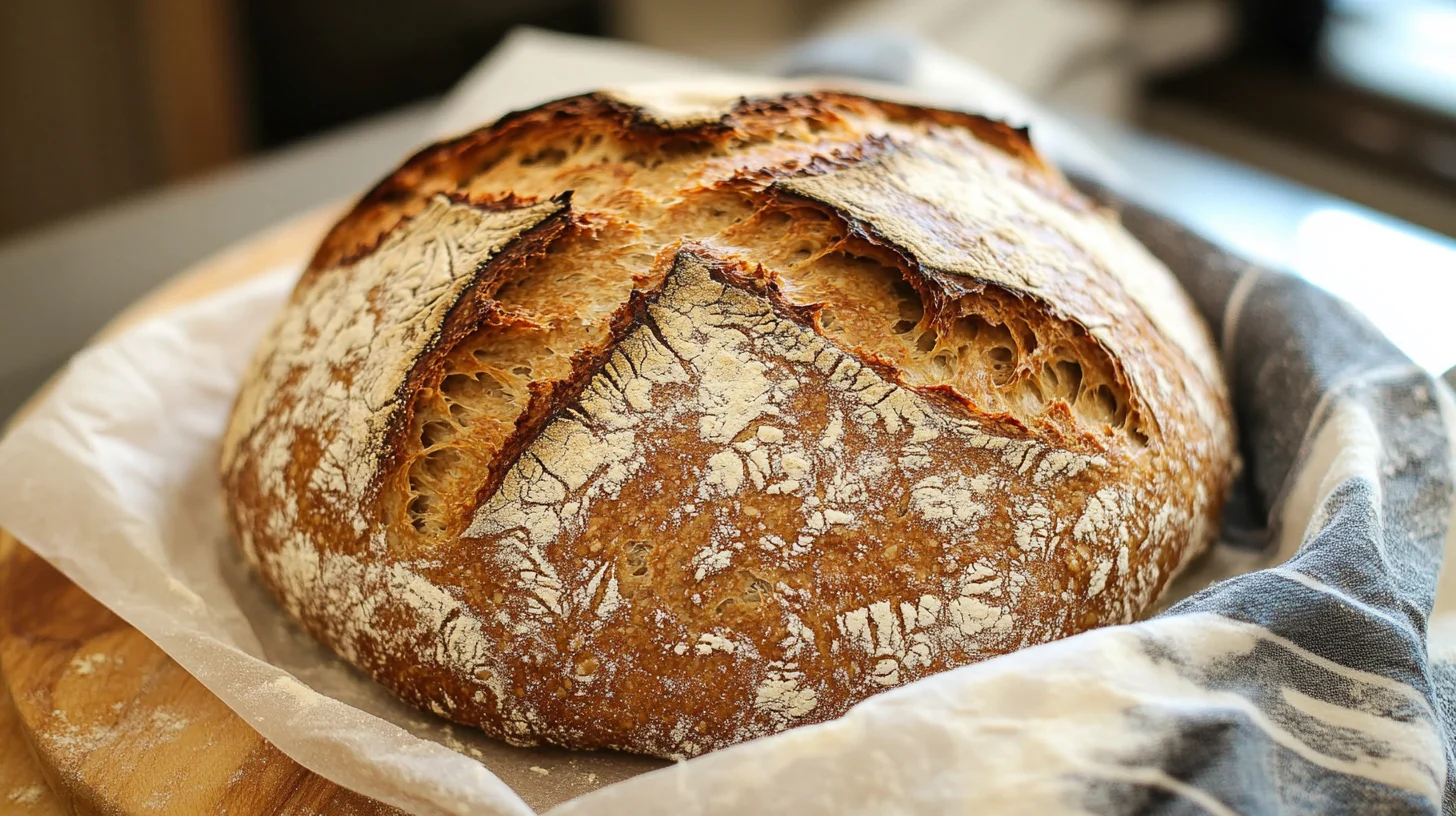
Oat molasses bread’s roots stretch back to early colonial America, where settlers relied on accessible ingredients like molasses and oats to create nourishing staples. These ingredients were not only plentiful but also provided much-needed energy for the hard-working farmers and laborers of the time. The dense texture of oat molasses bread made it a favored source of sustenance, perfect for those long days in the fields.
Maine, with its rich maritime trade, played a crucial role in the development of this bread. The state’s abundant supply of molasses, a byproduct of the sugar trade, was a key ingredient that gave the bread its distinctive sweetness and dark color. Over time, the recipe has been passed down through generations, becoming a cherished part of Maine’s culinary heritage.
Today, oat molasses bread is more than just a food item; it’s a symbol of familial bonds and local traditions. It often makes an appearance at holiday meals, highlighting its cultural significance within the community. Whether you’re a native Mainer or simply a bread enthusiast, baking this bread is a wonderful way to connect with the past and celebrate the present.
The Benefits of Oats in Baking
Oats are one of the most nutritious cereal grasses, and they offer numerous benefits when used in baking. Rolled oats, steel-cut oats, and old-fashioned oats are all excellent choices for oatmeal bread, each providing a unique texture and flavor. Oats are high in fiber, protein, and various vitamins and minerals, making them an excellent addition to your baked goods. They also help to create a denser, more filling bread that’s perfect for sandwiches and toast. When combined with other ingredients like whole wheat flour, oats create a delicious and nutritious bread that’s perfect for any occasion.
The Role of Molasses
Molasses is a key ingredient in many oatmeal bread recipes, and for good reason. This thick, dark liquid is made from refining sugar cane or sugar beets and has a rich, caramel-like flavor that pairs perfectly with oats. Molasses adds depth and complexity to oatmeal bread, and its sweetness helps to balance out the earthy flavor of the oats. It also helps to create a moist and tender crumb, making the bread perfect for sandwiches and toast. When using molasses in your oatmeal bread recipe, be sure to use a high-quality, unsulfured molasses for the best flavor.
Key Ingredients for Authentic Oat Molasses Bread
Creating an authentic oatmeal bread requires a few key ingredients that contribute to its unique flavor and texture. Rolled oats are a primary component, providing both substance and a delightful chewiness. Whole wheat flour is another essential ingredient, offering a nutty taste and enhancing the bread’s nutritional profile.
Molasses is the star of the show, imparting a rich sweetness and a characteristic dark hue to the bread. This ingredient is not only essential for flavor but also ties the recipe to Maine’s agricultural practices, reflecting the state’s historical reliance on locally grown oats. Together, these ingredients create a bread that is both wholesome and deeply rooted in tradition.
Preparing the Oat Mixture
Begin making oatmeal bread by preparing the oat mixture with boiling water. Boil water to cook the oats, then simmer on low heat, stirring frequently until they reach a porridge-like consistency. Proper cooking enhances the oats’ chewiness and moisture, whether using rolled or old-fashioned oats.
Once the oats have absorbed all the water, let the mixture cool. Refrigerating the cooked oats allows them to firm up, making them easier to incorporate into the dough later. A well-prepared oat mixture sets the foundation for a successful loaf of bread.
Preparing the oat mixture correctly ensures a perfect balance of moisture and texture. This seemingly simple step is crucial for achieving the authentic, old-fashioned flavor that sets oat molasses bread apart.
Mixing the Dough
With the oat mixture ready, mix the dough by activating the active dry yeast in warm water (about 85°F) with a teaspoon of honey. Alternatively, you can use a food processor to combine the ingredients efficiently. This step is vital for getting the yeast to start working, ensuring the bread rises properly.
Incorporate additional honey, salt, melted butter, and whole wheat flour into the yeast mixture. Mix vigorously until achieving a thick, stretchy consistency. Gradually add white flour until the dough is too thick to stir with a spoon, then begin kneading.
Kneading, essential for developing elasticity, should take about 10 to 15 minutes. Fold, press, and rotate the dough on a floured surface, being cautious not to over-knead to avoid a tough texture. The final dough should be smooth and elastic, ready for its first rise.
First Rise
Place the kneaded dough in a greased large bowl to prevent sticking and cover with a damp cloth to maintain moisture. Let it rise in a warm place, ideally around 75-80°F, for even rising.
Let the dough rise until it has doubled in size, which usually takes about one hour. This first rise is crucial for developing the bread’s texture and flavor. Be patient and allow the dough the time it needs to expand and grow.
Shaping the Loaves
Once the dough has risen, turn it out onto a lightly floured work surface to prevent sticking. Shape the dough into loaves by gently pressing it down and folding it into a rectangular shape before placing it in the loaf pan. This step ensures that the loaves have a uniform shape and structure.
Cover the shaped loaves with a damp cloth and let them rise again in a warm place until nearly doubled in size, ensuring the bread achieves its final volume and texture before baking.
Second Rise
The second rise, or proofing, is crucial. Place the shaped loaves in a warm, moist environment to let rise until nearly doubled in size. A tight outer skin on the dough helps maintain its shape during baking.
Monitor the second rise closely, ideally lasting between 40 minutes to one hour. Press the dough gently to test if it springs back slowly, indicating it’s ready for baking. This final proofing step ensures that your loaves will have the perfect texture and rise.
Baking the Bread
Preheat oven to 500°F (260°C) for at least 30 minutes to ensure even heat distribution. Position an oven rack low and fill the loaf pans about two-thirds full for optimal height.
Score the dough before baking to allow gases to escape, preventing collapse. Bake the dough as soon as it reaches the top of the pan to avoid over-proofing. After the initial 15 minutes, releasing steam from the oven helps form a better crust.
To check if the bread is done, tap the bottom of the loaf; a hollow sound indicates it is fully baked. This ensures that your bread is perfectly cooked and ready to be enjoyed.
Cooling and Storing Your Bread
Allow the bread to cool fully before slicing to prevent a gummy consistency and ensure it sets properly. Place it on a wire rack until it reaches room temperature.
Store the bread in plastic bags or airtight containers to maintain freshness. Proper cooling and storing enhance the bread’s texture and prolong its shelf life, ensuring each slice remains delicious.
Serving Suggestions
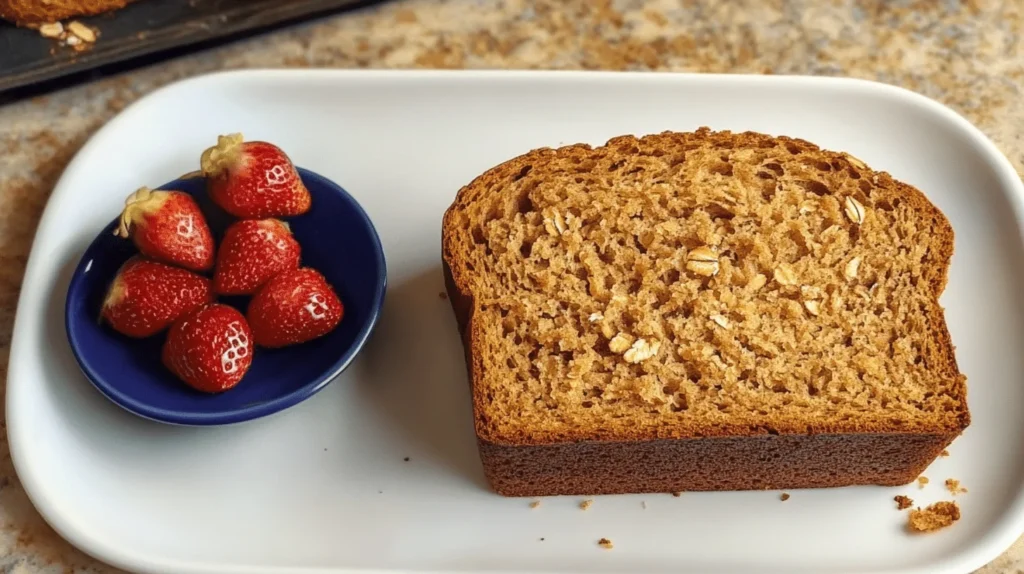
Oat molasses bread is versatile and can be enjoyed in various ways. Here are some suggestions:
It makes excellent toast for breakfast.
It pairs well with eggs or sweet cream butter.
It complements melted Swiss cheese for a delightful lunch option.
For a standout meal, use oat molasses bread as a base for savory sandwiches like egg salad or a classic BLT. Its robust flavor and texture suit both sweet and savory dishes perfectly.
Common Mistakes to Avoid
Avoid common mistakes to ensure perfect oat molasses bread every time. Use fresh baking ingredients, especially yeast, for optimal rising. Stale ingredients can impair yeast activation and result in dense bread.
Avoid letting the dough over-rise, as this can cause it to lose structure and become dense. Monitor rising times closely and follow the recipe steps accurately for the best results.
Summary
In summary, making oat molasses bread is a rewarding experience that connects you to the rich traditions of Maine. From selecting the right ingredients to mastering the art of kneading and rising, each step contributes to creating a delicious and authentic loaf.
We hope this guide has inspired you to try this recipe at home. Embrace the process, enjoy the baking journey, and savor the delightful flavors of homemade oat molasses bread. Happy baking!
Frequently Asked Questions
Can I use instant oats instead of rolled oats?
You can totally use instant oats instead of rolled oats if you’re in a bind, but just keep in mind that the texture won’t be quite the same.
How do I know if my dough has risen enough?
Your dough is good to go when it doubles in size and springs back slowly when you gently press it. If it looks puffy and airy, you’re on the right track!
What if my bread turns out too dense?
If your bread turns out too dense, make sure your yeast is fresh and avoid over-kneading or letting it rise too long. A little attention to these details can really help lighten it up!
How should I store my oat molasses bread to keep it fresh?
To keep your oat molasses bread fresh, make sure it cools completely before storing it in plastic bags or airtight containers. This will help maintain its delicious texture!
Can I add seeds or grains to the dough?
Absolutely, you can roll your shaped dough in seeds or grains for a tasty twist and extra crunch. It’s a simple way to make your bread stand out!
Conclusion
Oatmeal bread is a delicious and nutritious bread that’s perfect for any occasion. With its warm, crunchy texture and rich, caramel-like flavor, it’s a staple in many households. By incorporating oats, molasses, and other key ingredients into your recipe, you can create a bread that’s not only delicious but also packed with nutrients. Whether you’re a seasoned baker or just starting out, oatmeal bread is a great choice for anyone looking to create a delicious and healthy bread. So why not give it a try? With the tips and tricks provided in this article, you’ll be well on your way to creating the perfect oatmeal bread.
Want to see more? If you enjoyed this article, we invite you to join us on our Facebook page ElyseRecipes. That way, you’ll be among the first to hear about our updates, cooking tips, and recipe ideas! Come share your passion and connect with our community.

